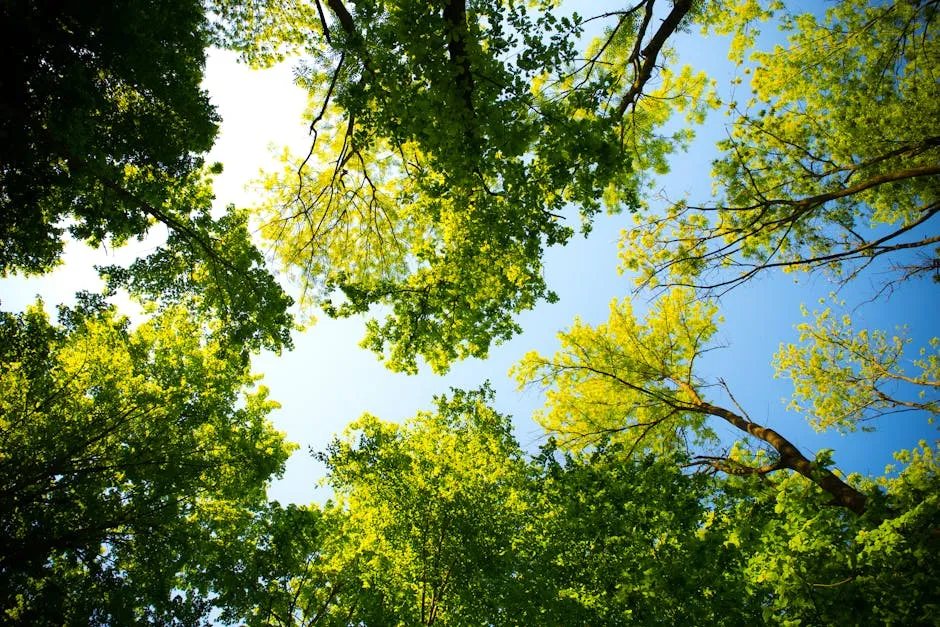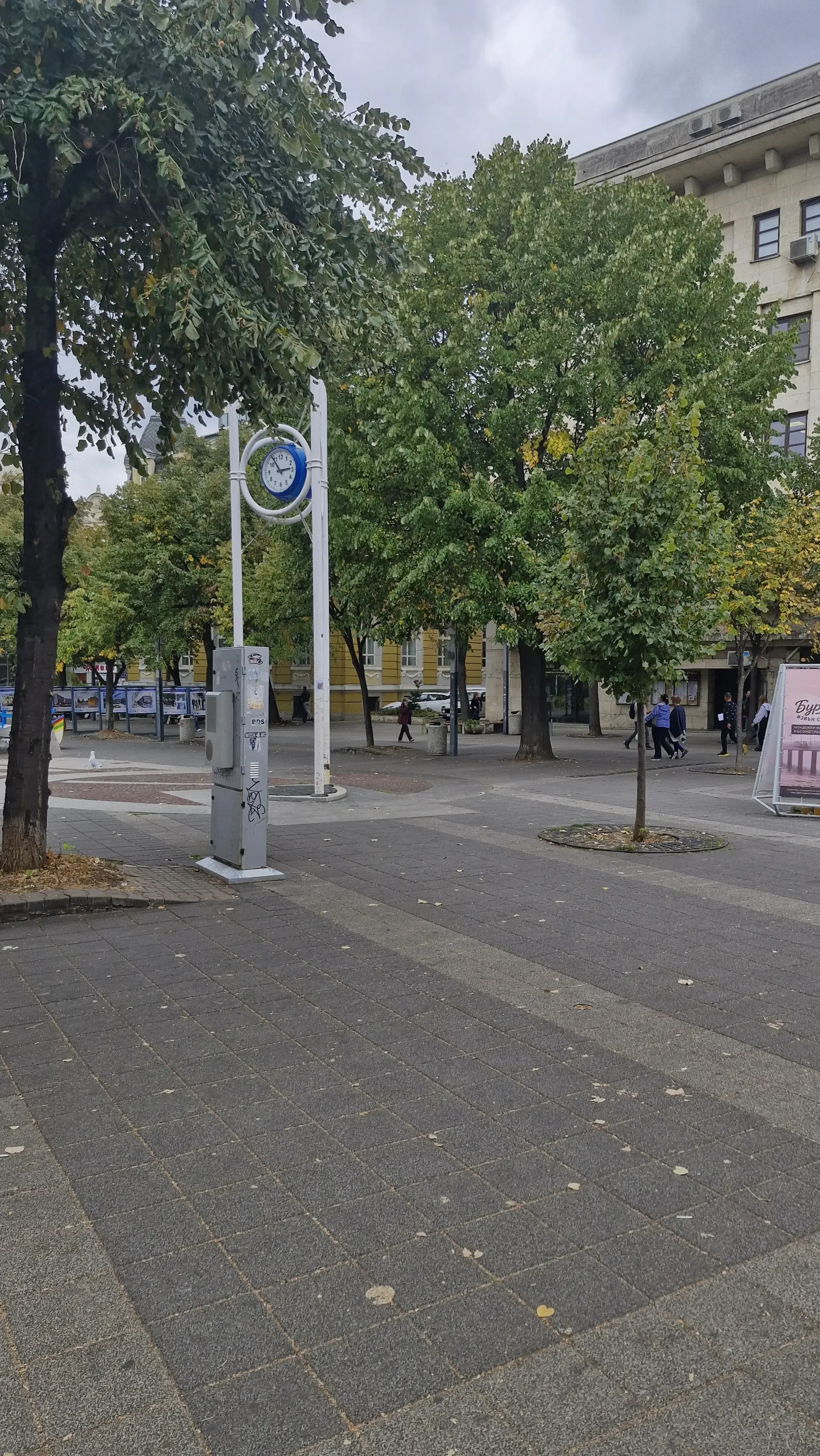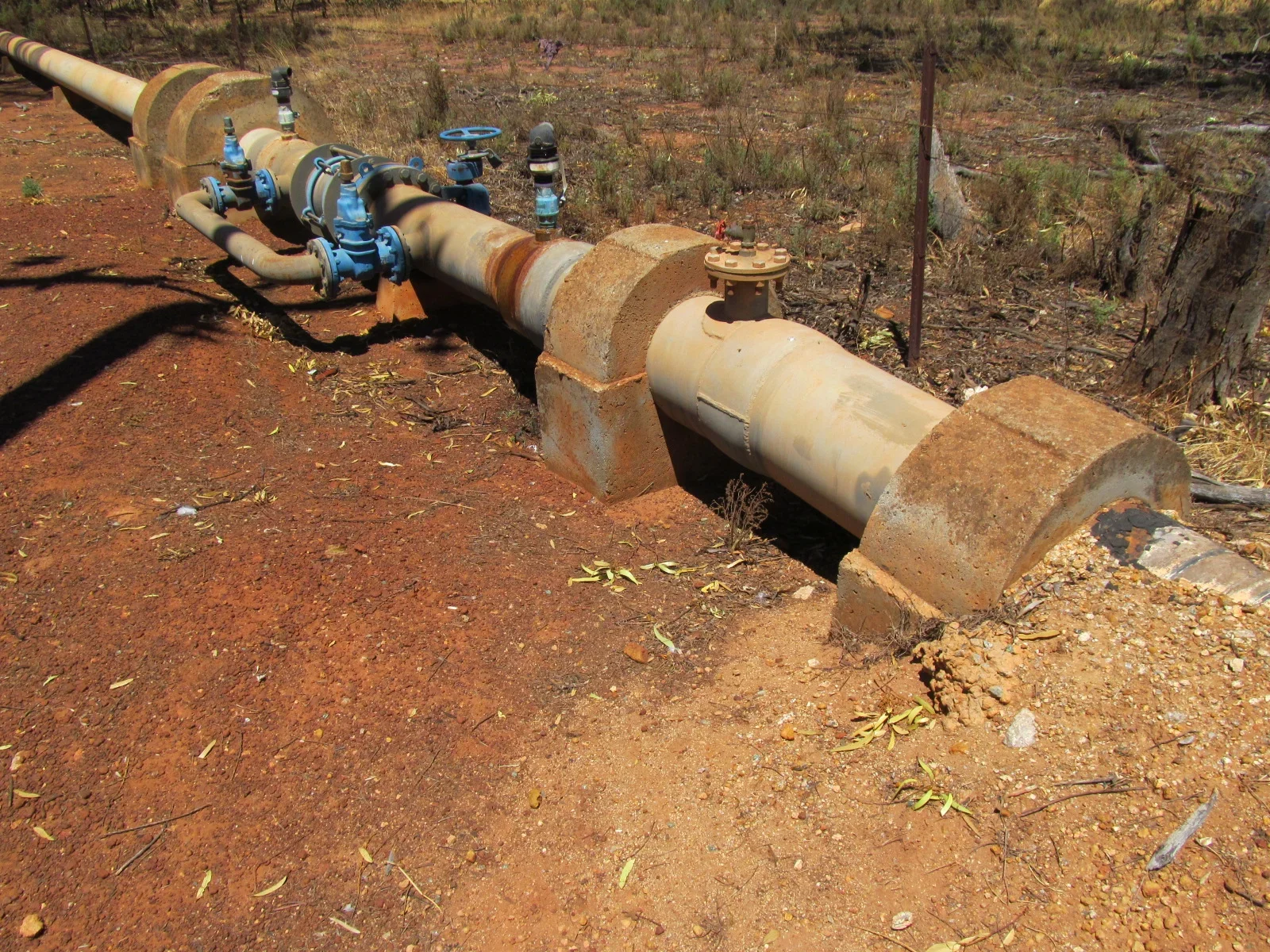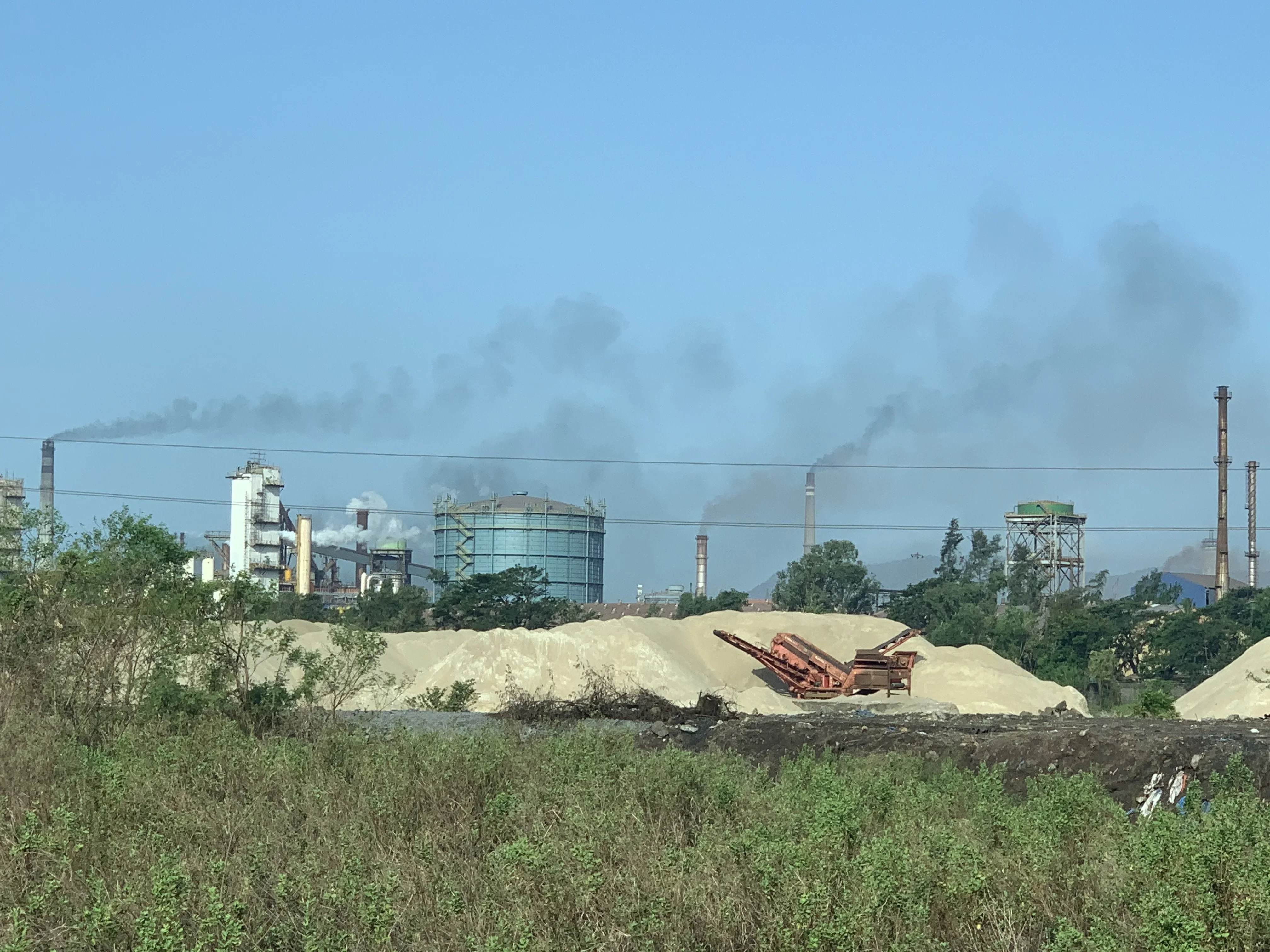According to experts, trees in urban areas are exposed to a serious threat related to the so-called "water stress". This is due to the increased evaporation in the wood, caused by high daytime temperatures, in combination with lower night temperatures. This difference disrupts the water exchange in the tree, leading to cracks in the bark and deep into the wood, making them more vulnerable.
The problem is particularly serious with large trees in parks, gardens, and along streets, which have large crowns and are exposed to strong winds. Drought causes shrinkage and drying of the wood, making it more brittle and easily prone to breaking. Branches begin to dry out, especially in the upper part of the crown, which is more vulnerable to winds.
Experts warn of four main dangers associated with water stress in urban trees:
1. Structural weakness and cracks - during prolonged drought, the fibers lose water, leading to internal stress and long cracks in the bark, especially in trees with thin bark.
2. Sudden limb drop - a phenomenon where branches break suddenly, without visible cause, usually during hot, dry summer days.
3. Thermal expansion of the wood - at higher temperatures, the wood expands, increasing internal pressure, especially in large branches, reducing their load-bearing capacity.
4. Increased risk of breakage and fall - drought weakens the water potential, causes cavitation (air bubbles in the conductive vessels), which leads to tissue death, weakens the tree, and increases the risk of breakage.
You may also like
Experts emphasize that in urban conditions, with compacted soil and limited space for the root system, trees become even more vulnerable to mechanical stress and failure under load.








Коментари (0)
Все още няма коментари.